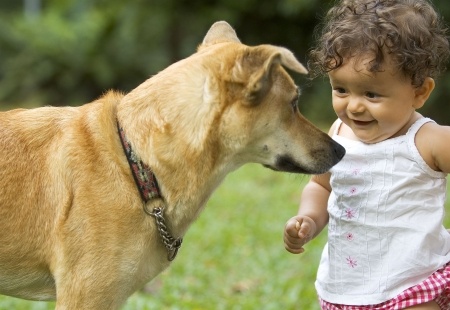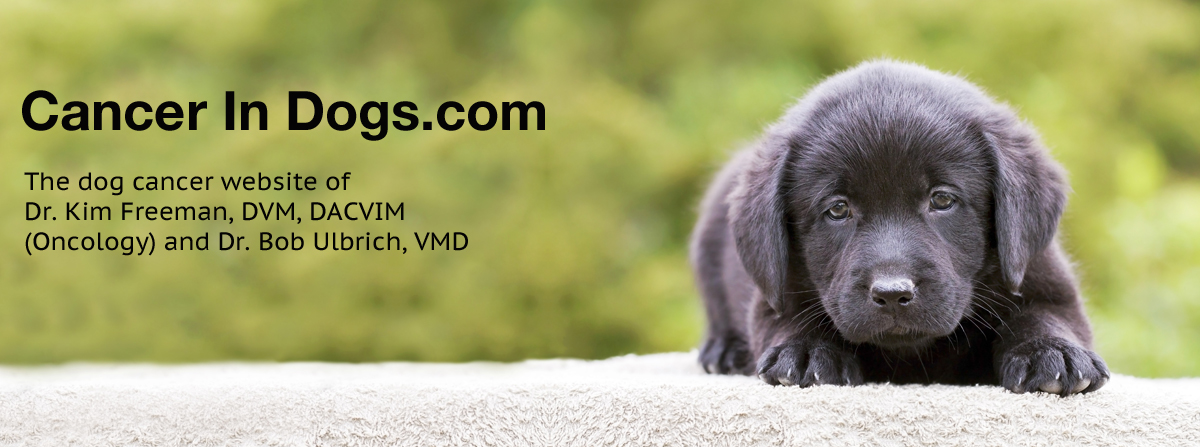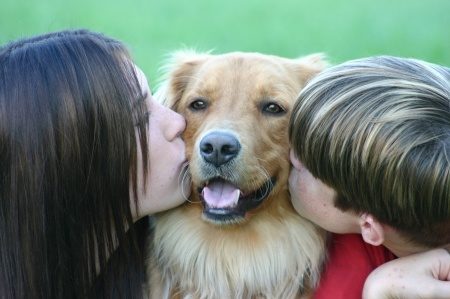 Although most Canine Lymphoma cases are treated with the standard Madison Wisconsin Protocol (or with other protocols that use one or more of the Chemotherapy drugs utilized in the Madison Wisconsin Protocol), in cases where the Madison Wisconsin Protocol is not effective at causing remission, there are other protocols that use other “non-traditional” chemotherapy drugs that vets can try in the hopes of gaining remission from the disease.
Although most Canine Lymphoma cases are treated with the standard Madison Wisconsin Protocol (or with other protocols that use one or more of the Chemotherapy drugs utilized in the Madison Wisconsin Protocol), in cases where the Madison Wisconsin Protocol is not effective at causing remission, there are other protocols that use other “non-traditional” chemotherapy drugs that vets can try in the hopes of gaining remission from the disease.
Rescue Protocols essentially try to rescue a patient back into remission if they have failed to achieve remission as a result of the first line therapy. There are a ton of different options that oncologists might try in these cases, but the response rates on the vast majority of these alternative chemotherapy protocols are not great.
For that reason, Dr. Freeman generally focuses on two rescue protocol chemotherapy drugs that she feels give the best chance of success.
Available Canine Lymphoma Rescue Protocols
Lomustine (or CCNU or CeeNU)
The first is an oral drug called Lomustine (or CCNU or CeeNU – it’s got a lot of names) – which has about a 40% to 45% percent remission response rate, with the average patient going into remission for a period of 4 months from the date you start treatment depending on where a patient is on their treatment (e.g., how long they responded to their initial treatment protocol, etc.)
This is an oral chemotherapy medication that’s given every three weeks. The cost of CCNU treatment, while varying significantly depending on the size of the patient, ranges from about $200 to $400 per dose (every 3 weeks)
DMAC
 The other protocol popularly used for rescue purposes is a protocol called DMAC, which is a combination of Dexamethasone, Actinomycin, Cytosar, and Melphalan. This protocol has about a 50% remission response rate for a period of about 3 to 4 months from the date that treatment is started. The DMAC protocol is generally tried only after other rescue protocols have failed, because the cost of this treatment is extremely expensive (about $1,500 per 3 weeks – 4 to 7 times more expensive than CCNU).
The other protocol popularly used for rescue purposes is a protocol called DMAC, which is a combination of Dexamethasone, Actinomycin, Cytosar, and Melphalan. This protocol has about a 50% remission response rate for a period of about 3 to 4 months from the date that treatment is started. The DMAC protocol is generally tried only after other rescue protocols have failed, because the cost of this treatment is extremely expensive (about $1,500 per 3 weeks – 4 to 7 times more expensive than CCNU).
Usually in Dr. Freeman’s practice, whenever a rescue protocol is needed she starts with CCNU, and then only when that fails talks to her patient about using a DMAC protocol, since DMAC is so expensive and generally only has the chance of extending the patient’s life by a few short months.
Other Canine Lymphoma Rescue Protocols
Other rescue protocols are used at Dr. Freeman’s practice. Once a patient reaches this stage of disease, generally the doctor sits down and has a long discussion about goals, risks, costs, quality of life, etc when making a treatment decision.
- Previous Article – Chemotherapy – Lomustine
- Next Article – Chemotherapy – Chemotherapy Side Effects
Canine Lymphoma Support
For more Canine Lymphoma support – and for answers to questions about your dog’s cancer care – visit our member support forum at www.DogCancerCare.com
| © 2017 Canine Lymphoma.com | Privacy Policy | Terms and Conditions | Sitemap |






